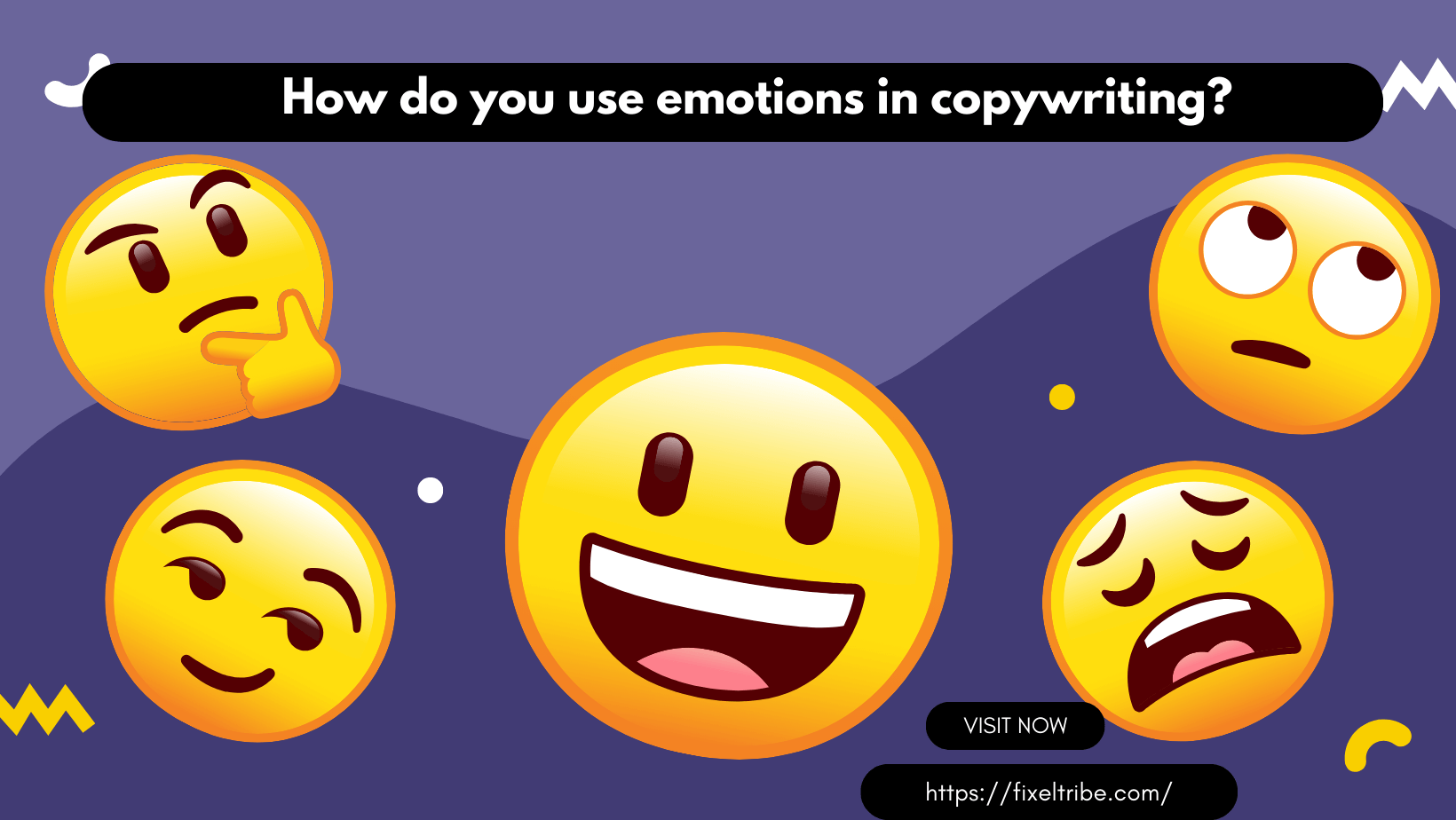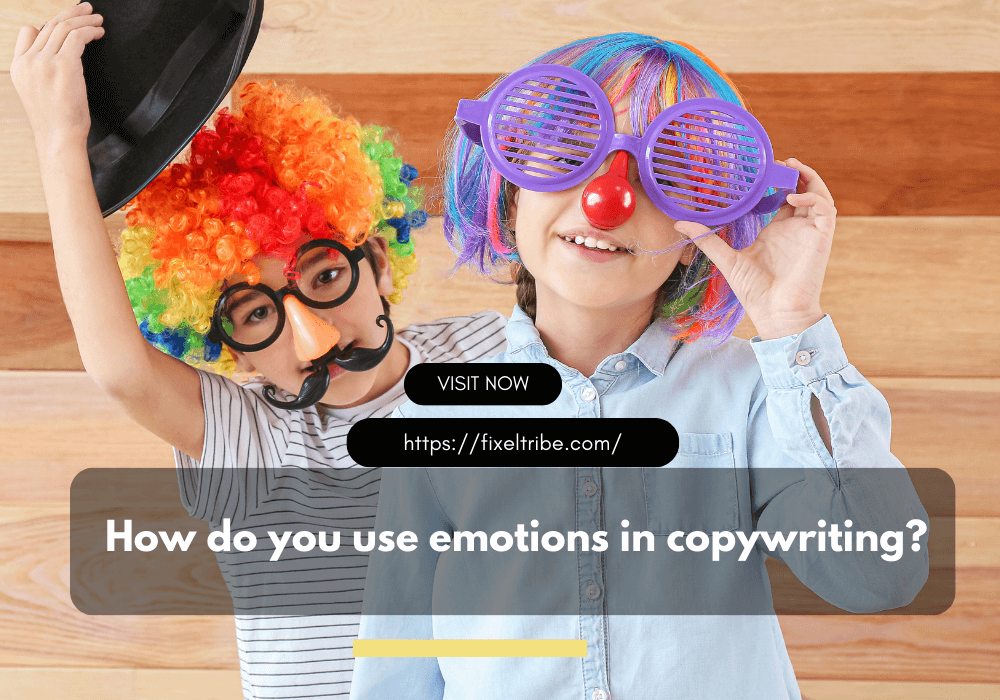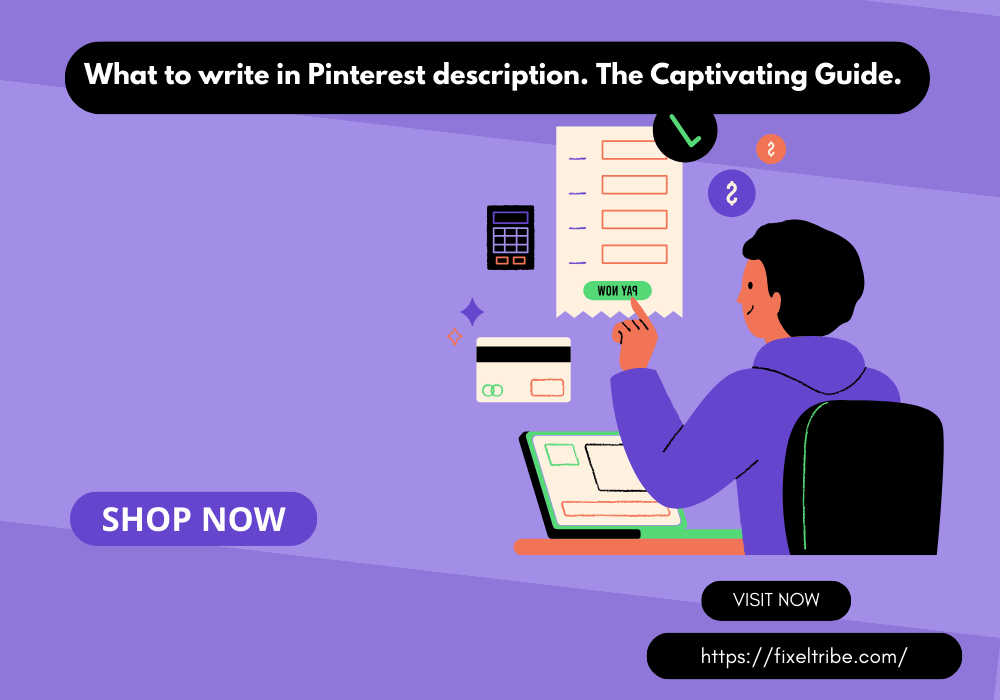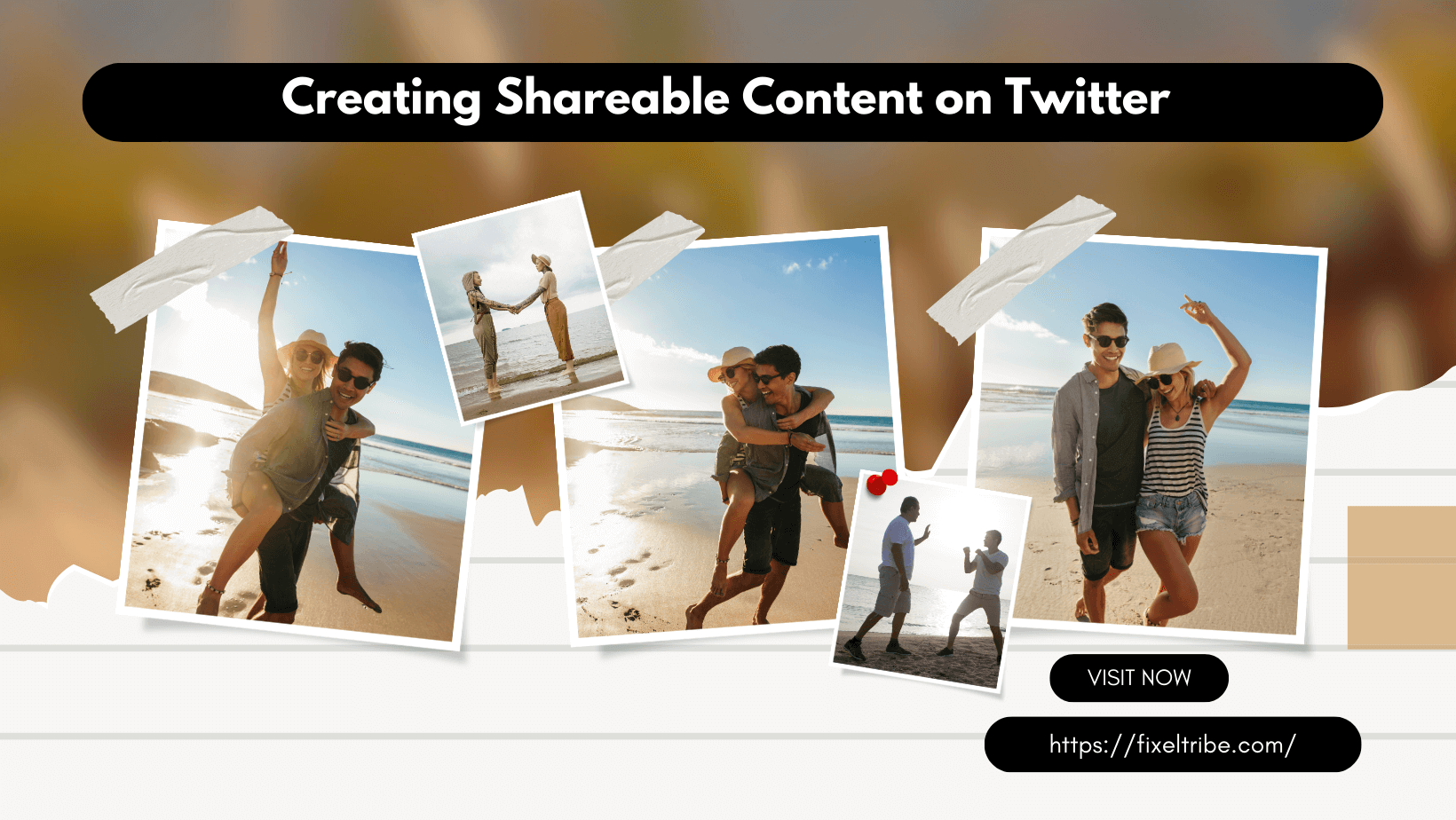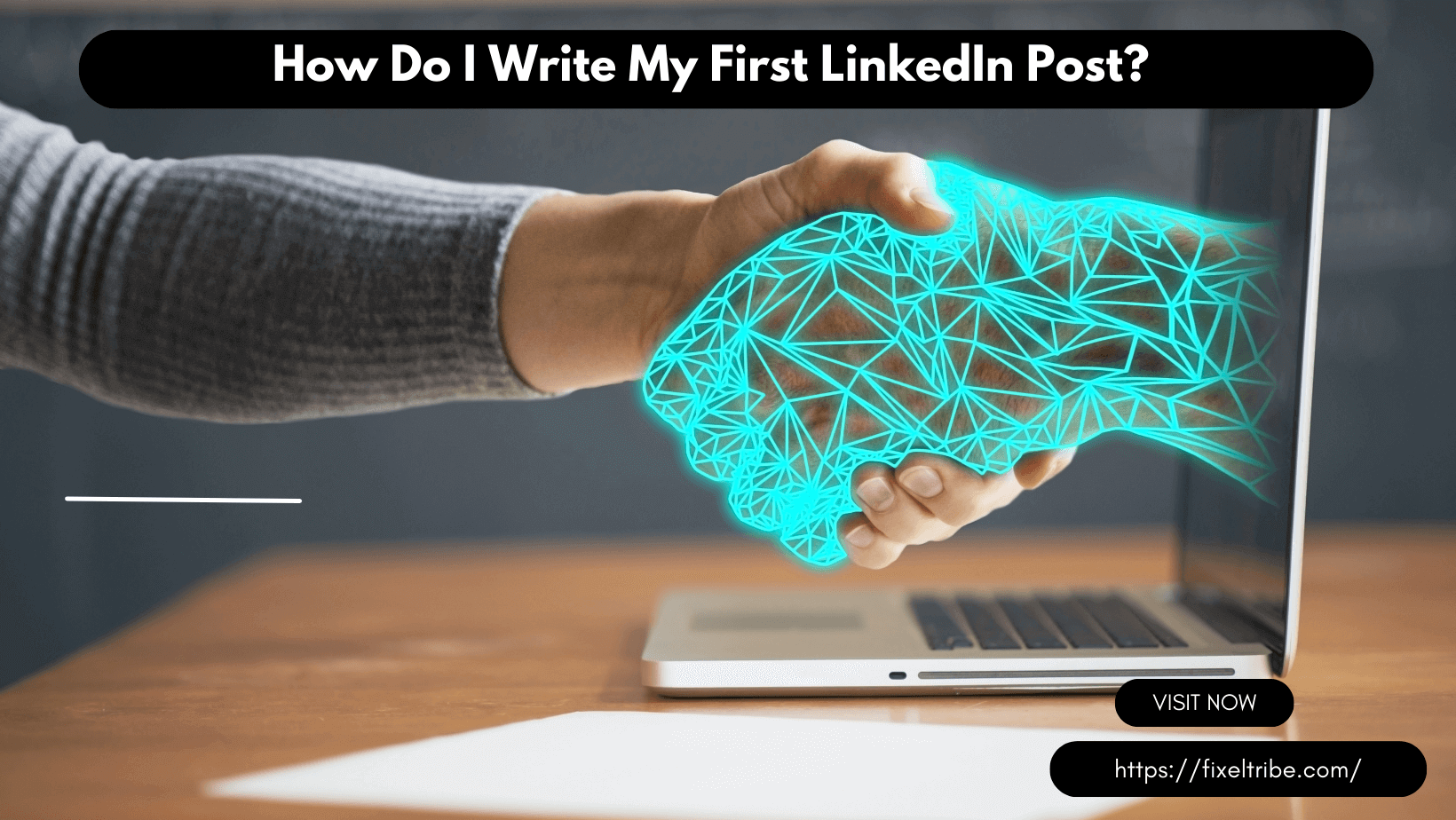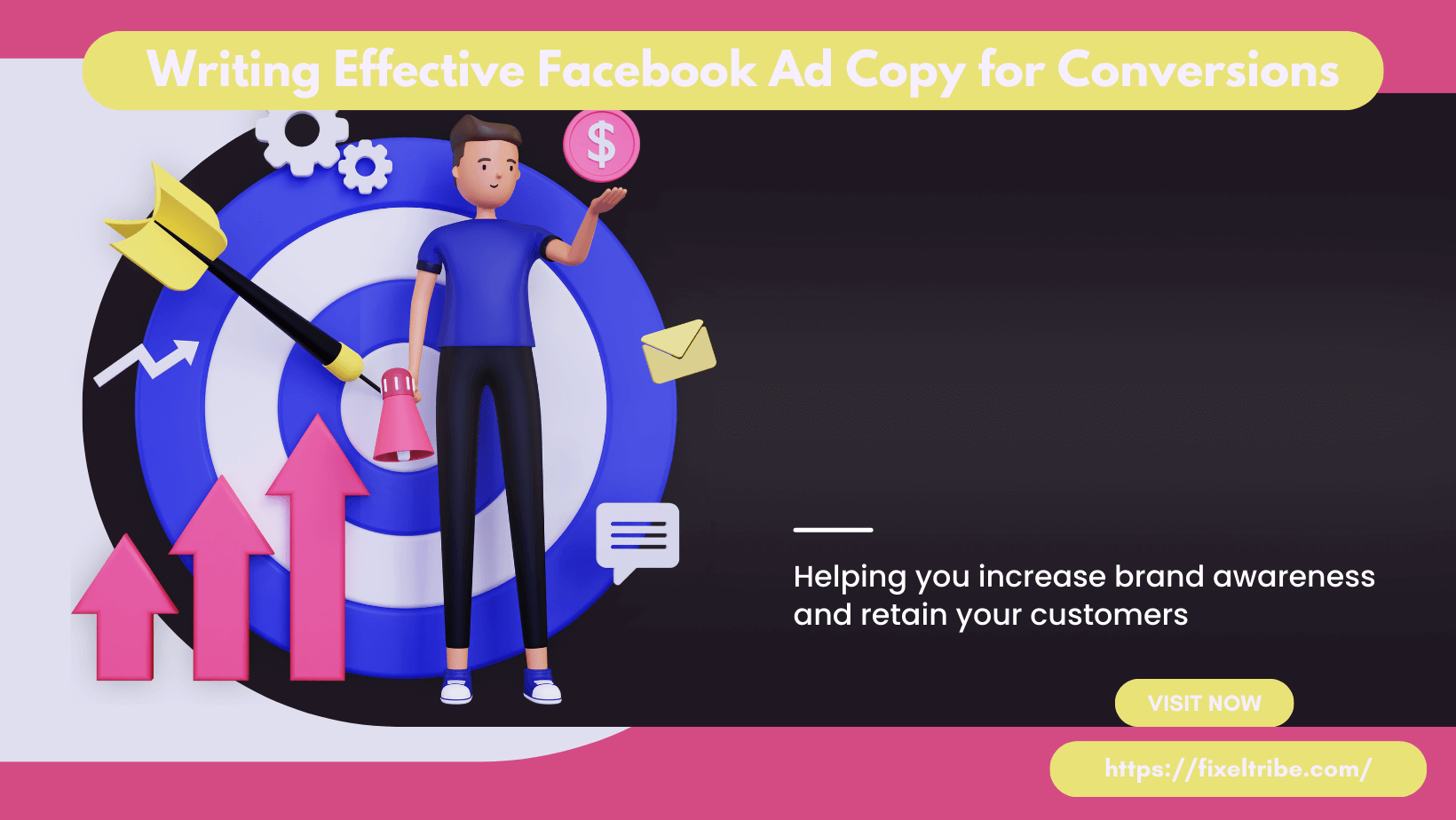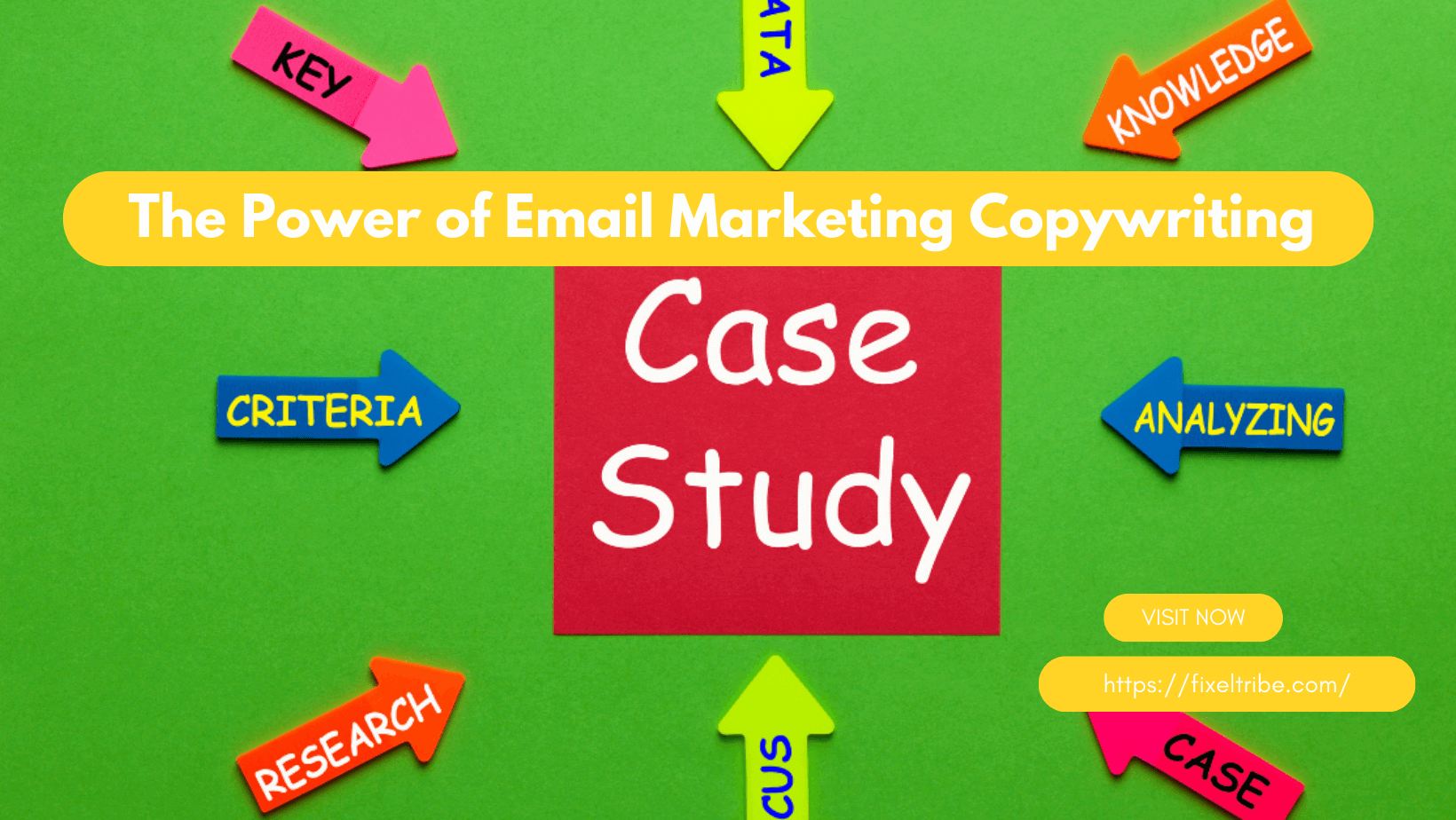A Powerful Tool for Digital Success
In the fast-paced and ever-evolving realm of digital marketing, the pursuit of winning over the hearts and minds of consumers is nothing short of crucial. Amidst the myriad of strategies and tactics employed by marketers, one approach has undeniably risen to the forefront as a veritable game-changer – brand storytelling. In the pages of this article, we will embark on an enlightening journey, delving deep into the very essence of “What is brand storytelling in marketing?” With a focus on its crucial function within the context of social media marketing, we will explore its profound significance in the dynamic environment of digital marketing.
Unveiling the Essence of Brand Storytelling
Brand storytelling transcends the mere presentation of products or services. It is, in essence, the art of weaving captivating narratives that breathe life into the soul and purpose of a brand. At its core, brand storytelling serves as a bridge, connecting brands with their audience on a profound, emotional level. It accomplishes this by humanizing the brand, endowing it with relatability, indelible memorability, and profound meaning.
In a world where digital marketing strategies often compete for fleeting attention spans, brand storytelling stands out as a beacon of authenticity. It is not merely about broadcasting the virtues of a product or service. Instead, it’s about crafting a narrative that resonates with the deepest aspirations, values, and emotions of the audience. In this narrative, the brand transforms from a faceless entity into a relatable character with a compelling story to tell.
Through brand storytelling, a brand becomes more than just a label; it becomes a trusted companion, a source of inspiration, and a symbol of shared values. It forges a powerful connection between the brand and its audience, one that transcends the transactional and ventures into the realm of genuine human connection.
The Power of Brand Storytelling in Digital Marketing/ What is Brand Storytelling in Marketing?
In the digital marketing landscape, where every pixel and character counts, brand storytelling emerges as a formidable force. It is the thread that weaves through the tapestry of a brand’s online presence, binding disparate elements into a cohesive and resonant whole. The impact of brand storytelling is undeniable and multifaceted:
1. Emotional Resonance:
Brand storytelling strikes at the heart of human emotion. It taps into the reservoir of feelings, from joy to nostalgia to empathy, drawing the audience into a narrative that transcends the transactional.
2. Imprint of Memorability:
Well-crafted brand stories are not easily forgotten. They create lasting impressions in the minds of the audience, ensuring that the brand occupies a distinct and memorable space.
3. Building Trust:
Trust is the cornerstone of the consumer relationship of any successful brand. Through storytelling, brands establish trust by revealing their values, intentions, and authenticity.
4. Meaningful Differentiation:
In a crowded digital marketplace, brand storytelling differentiates a brand from the competition. It gives the brand a unique voice and a distinctive personality that resonates with its target audience.
In the following sections of this article, we will venture further into the realm of brand storytelling, exploring its practical applications in social media marketing, elucidating its importance in the broader spectrum of marketing, and elucidating why it holds a place of paramount importance in the sphere of digital marketing. Brace yourself for an insightful journey through the art and science of brand storytelling—a journey that promises to unveil the secrets to digital marketing success in an increasingly interconnected world.
How to Use Storytelling in Social Media Marketing
Utilizing storytelling effectively in social media marketing is not just a strategy but an art. It involves understanding your audience, creating visually compelling narratives, and maintaining consistency across various platforms. Here’s a more detailed exploration of these essential steps:
1. Know Your Audience:
Effective storytelling commences with audience understanding.
In the dynamic realm of social media, where content flows incessantly, knowing your audience is akin to wielding a magic wand. To tell stories that resonate, you must dive deep into the psyche of your target demographic. Here’s how:
a. Persona Profiling: Create detailed buyer personas to understand the demographics, psychographics, and pain points of your audience. What are their desires, challenges, and aspirations? This information is your storytelling goldmine.
b. Empathy Mapping: Go beyond demographics; step into their shoes. Understand their emotions, fears, and motivations. This will help you craft narratives that genuinely connect.
c. Social Listening: Leverage social listening tools to monitor conversations, comments, and sentiments related to your brand and industry. This real-time feedback is invaluable for tailoring your stories.
By aligning your stories with your audience’s preferences, values, and interests, you’ll create content that not only grabs their attention but also speaks to their hearts and minds.
In the visual-centric world of social media, a picture (or video) is worth a thousand words.
Visual storytelling takes your narratives to the next level. Here’s how to do it effectively:
a. Compelling Imagery: Choose images that resonate with your brand’s message and the emotions you want to evoke. High-quality, authentic visuals are essential.
b. Video Content: Video is the undisputed king of social media. Create short, engaging videos that tell a story, whether it’s a behind-the-scenes look at your brand, a customer success story, or a how-to guide.
c. Stories and Live Streaming: Utilize features like Instagram Stories, Facebook Live, or Twitter Fleets to provide real-time, interactive content that immerses your audience in your brand’s narrative.
Remember that visuals should complement your storytelling rather than overshadow it. Each image or video should add depth and context to the story you’re telling, making your brand more engaging and shareable.
3. Consistency is Key:
Consistency fosters trust, recognition, and loyalty.
In the fragmented landscape of social media, consistency is your north star. It’s about creating a coherent and familiar brand presence across all platforms. Here’s how to achieve it:
a. Unified Brand Voice: Define your brand’s tone, personality, and messaging guidelines. Ensure that they remain consistent across all social media channels.
b. Content Calendar: Create a content calendar that outlines your storytelling strategy. It should specify the types of stories you’ll tell, the platforms you’ll use, and the posting schedule.
c. Visual Branding: Maintain consistency in your visual elements, including logo usage, color schemes, and fonts. Visual continuity reinforces brand identity.
d. Engagement and Responsiveness: Engage with your audience regularly and promptly. Respond to comments and messages in a consistent tone that aligns with your brand’s personality.
Consistency not only strengthens your brand identity but also builds trust with your audience. When followers encounter a consistent narrative and brand image, they’re more likely to remember and engage with your content.
In conclusion, the art of storytelling in social media marketing involves a deep understanding of your audience, the use of compelling visuals, and the unwavering commitment to consistency. When you master these elements, your brand’s stories will not only captivate but also resonate with your audience, creating a lasting impact in the ever-evolving world of social media.
Why is Storytelling Important in Social Media Marketing?
Let’s delve deeper into the significance of storytelling in the realm of social media marketing, where its impact is both pronounced and pivotal:
1. Emotional Connection:
Stories are Emotionally Resonant Bridges
In the bustling world of social media, emotional connections are the currency of engagement. It’s not just about relaying facts; it’s about crafting narratives that touch the heart. Here’s why this emotional connection is of paramount importance:
a. Relatability: When your audience connects emotionally with your brand’s story, they see themselves in it. This relatability fosters a sense of belonging, forging a bond that extends beyond the transactional.
b. Trust and Loyalty: Emotions drive trust. When your audience feels a genuine emotional connection, they are more likely to become loyal advocates of your brand. They trust your intentions and resonate with your values.
c. Authenticity: Authenticity is the cornerstone of building emotional connections. Sharing authentic stories about your brand’s journey, challenges, and triumphs humanizes your business, making it more relatable and approachable.
2. Viral Potential:
Stories that Spark Contagious Sharing
Social media thrives on shareability, and storytelling is the catalyst that can set your content on a viral trajectory. Here’s why compelling stories possess the inherent potential to go viral:
a. Shareable Content: Stories that evoke emotions or resonate with a broad audience tend to get shared extensively. When your audience shares your content, it broadens your reach exponentially.
b. Word-of-mouth marketing: Viral stories often become topics of conversation. People love to discuss stories that moved them, and this word-of-mouth marketing can significantly boost your brand’s visibility.
c. Amplified Exposure: Viral stories can reach far beyond your existing follower base. They can attract new followers, expanding your brand’s online presence and influence.
3. User-Generated Content:
Stories that Inspire Participation
Engaging stories have a unique power—they inspire your audience to become storytellers themselves. This phenomenon, known as user-generated content (UGC), is a potent asset for your brand. Here’s why it’s a key aspect of storytelling in social media marketing:
a. Authenticity and Trust: UGC is perceived as more authentic than brand-generated content. When your audience shares their stories related to your brand, it builds trust among potential customers.
b. Diverse Perspectives: UGC brings diverse perspectives and experiences to the forefront, enriching your brand’s narrative. It showcases the real-life impact your brand has on people.
c. Amplification: When your audience creates content about your brand, they’re essentially promoting it to their networks. This extends your brand’s reach organically.
In summary, storytelling in social media marketing is pivotal because it forges emotional connections, has the potential to go viral, and inspires user-generated content. By leveraging these storytelling elements effectively on social media platforms, your brand can not only engage and captivate but also extend its influence and impact within the digital landscape.
What is the Importance of Storytelling in Marketing?
Storytelling isn’t merely a marketing technique; it is the heartbeat of any successful marketing strategy. It plays a pivotal role in creating meaningful connections between brands and their audience. Do you know why is social media engagement important? Here’s a comprehensive look at why storytelling is indispensable in marketing:
1. Engagement:
Stories are Attention Magnets
In a world brimming with information, stories are like beacons in the dark, guiding audiences toward your message. They have a unique power to capture attention and hold it. When you tell a compelling story, you invite your audience to immerse themselves in your narrative, keeping them engaged longer than mere facts and figures ever could.
a. Prolonged Interaction: Engaged audiences are more likely to spend time with your content, increasing the chances of them converting into customers.
b. Reduced Bounce Rates: Engaging stories reduce bounce rates on your website or social media profiles, a factor search engines consider when ranking your content.
2. Memorability:
Stories Leave Lasting Impressions
Well-told stories have the remarkable ability to etch themselves into the memory of your audience. When information is presented in narrative form, it becomes easier to recall and share. This memorability factor is invaluable in a crowded marketplace where brands are vying for consumers’ attention.
a. Word-of-Mouth Marketing: Memorable stories are more likely to be shared among friends and family, amplifying your brand’s reach organically.
b. Enhanced Brand Recall: A story that lingers in your audience’s mind keeps your brand at the forefront when they consider making a purchase.
3. Emotional Connection:
Stories Forge Deeper Bonds
Emotions are the driving force behind consumer decisions. Stories have an innate ability to tap into these emotions, making your brand more relatable and personable. When your audience connects with the emotions in your story, they develop a deeper bond with your brand.
a. Trust and Loyalty: Emotionally connected customers are more likely to trust your brand and become loyal advocates.
b. Empathy and Understanding: Stories can convey empathy, helping your audience feel understood and valued.
4. Brand Identity:
Stories Define Your Brand
Your brand is not just a logo or a tagline; it’s the sum of the stories you tell. Effective storytelling helps shape and define your brand’s identity. It communicates your values, mission, and unique selling propositions, differentiating you from competitors.
a. Building Credibility: Stories that showcase your brand’s journey and achievements build credibility and authority in your industry.
b. Relatability: Stories make your brand relatable, attracting customers who resonate with your narrative.
Why is Storytelling Important in Digital Marketing?
In the digital age, storytelling transcends platforms and mediums, and its importance is amplified. Here’s why it’s indispensable in the context of digital marketing:
1. Competitive Edge:
Standing Out in the Digital Crowd
Digital spaces are saturated with content, making it challenging to capture the attention of your target audience. Storytelling sets you apart in this crowded landscape. It’s a way to differentiate your brand and make a lasting impression.
a. Unique Brand Voice: Storytelling allows you to develop a unique brand voice that distinguishes you from competitors.
b. Increased Engagement: Engaging narratives in digital marketing content boost user interaction, increasing your competitive edge.
2. Content Success:
Fueling SEO Rankings and Conversions
Storytelling is not just about capturing hearts; it’s a driver of content success. Search engines favor content that keeps users engaged, and storytelling accomplishes this brilliantly. Engaged users lead to longer session durations, reduced bounce rates, and improved SEO rankings.
a. SEO Benefits: Storytelling enhances your website’s SEO by increasing user engagement and dwell time, factors search engines reward.
b. Conversion Boost: Engaging stories can guide users down the sales funnel, increasing conversion rates.
3. Consumer Trust:
Fostering Long-Term Relationships
In the digital marketing landscape, trust is the linchpin of long-term customer relationships. Stories build trust by providing transparency, authenticity, and relatability, all of which are crucial in establishing and maintaining consumer trust.
a. Brand Authenticity: Stories that reveal your brand’s journey and values foster authenticity, earning the trust of your audience.
b. Customer Retention: Trust leads to customer loyalty and retention, a cornerstone of digital marketing success.
In essence, storytelling isn’t just a marketing tool; it’s the heartbeat that gives life and meaning to your brand. It engages, captivates, and forges bonds with your audience, setting you apart in the digital realm and fostering long-lasting customer relationships. Whether it’s in traditional marketing or the digital landscape, storytelling remains a timeless and invaluable asset for brands seeking to connect with their audience on a deeper level.
Conclusion
In conclusion, “What is brand storytelling in marketing?” is not just a buzzword; it’s the heartbeat of modern marketing. It’s the power to humanize your brand, connect emotionally with your audience, and inspire loyalty. In the age of digital marketing, where attention spans are fleeting, effective brand storytelling is your ticket to success. So, embrace the art of storytelling, make your brand unforgettable, and watch your digital marketing efforts thrive.
FAQs
Here are some frequently asked questions (FAQs) about “What is Brand Storytelling in Marketing?” along with detailed answers:
FAQ 1: What is Brand Storytelling in Marketing?
Brand storytelling in marketing is the strategic practice of using compelling narratives to communicate a brand’s identity, values, and mission to its target audience. It goes beyond promoting products or services; it’s about creating an emotional connection with customers through authentic and relatable stories.
FAQ 2: Why is Brand Storytelling Important in Marketing?
Brand storytelling is crucial in marketing because it humanizes a brand, making it more relatable and memorable. It forges emotional connections with consumers, which leads to increased trust, loyalty, and customer engagement. It also helps differentiate a brand in a competitive marketplace.
FAQ 3: What Are the Key Elements of Brand Storytelling?
Effective brand storytelling typically includes elements such as a relatable protagonist (often the brand or its founder), a compelling narrative structure, a clear message or moral, and emotional resonance with the audience. It also involves consistency in storytelling across various marketing channels.
FAQ 5: Is Brand Storytelling Limited to Large Corporations?
No, brand storytelling is not limited to large corporations. It’s a strategy that can benefit businesses of all sizes. Even small businesses and startups can use storytelling to connect with their target audience on a personal level and compete effectively in the market.
FAQ 6: How Does Brand Storytelling Apply to Digital Marketing?
In digital marketing, brand storytelling is adapted to various online platforms, including social media, websites, and email marketing. It involves creating engaging content, videos, and visuals that convey the brand’s story and values, fostering a stronger online presence and customer engagement.
FAQ 7: Can Brand Storytelling Help Improve SEO?
Yes, brand storytelling can indirectly improve SEO. Engaging stories often result in longer user session durations, reduced bounce rates, and more social shares—all of which are positive signals to search engines. Additionally, well-structured storytelling can naturally incorporate relevant keywords, contributing to better search engine rankings.
FAQ 8: How Can I Start Implementing Brand Storytelling in My Marketing Strategy?
To start implementing brand storytelling, begin by defining your brand’s values, mission, and unique selling points. Create a narrative that aligns with these elements and resonates with your target audience. Consistently share this narrative through various marketing channels, such as your website, social media, and email campaigns.
FAQ 9: What Are the Benefits of Using Brand Storytelling in Marketing?
The benefits of using brand storytelling in marketing include increased customer engagement, improved brand recognition, enhanced customer loyalty, differentiation from competitors, and the ability to connect with consumers on a deeper, emotional level. It can also lead to increased brand trust and long-term customer relationships.
FAQ 10: Can Brand Storytelling Be Measured and Analyzed?
Yes, the impact of brand storytelling can be measured and analyzed. Metrics such as website engagement, social media shares, conversion rates, and customer feedback can provide insights into the effectiveness of your storytelling efforts. Additionally, tools like Google Analytics and social media analytics platforms can help track the performance of storytelling content.

